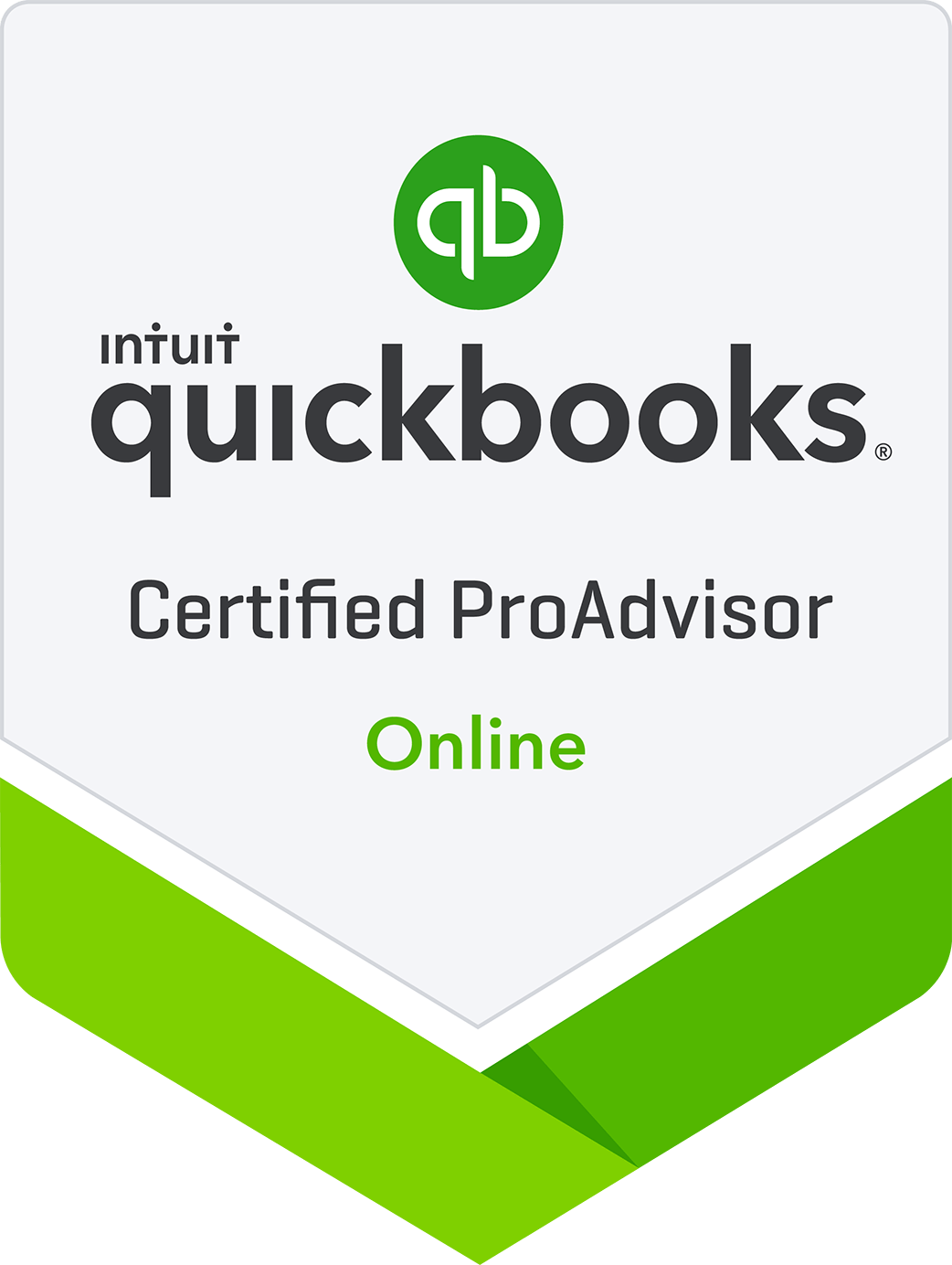One of the main reasons clients leave is because they feel ignored. The cost of ignoring clients is high; you have to do more marketing and replace those clients when they leave. The antidote to this is easy: just stay in touch more with clients, and let them know you care about them and their business. Here are seven ways to stay in touch with all your clients and especially your long-term customers.
1. Pay a compliment.
Sometimes when we’re in an “all-business” mode, we forget the simple things. Take a minute to look around and find something to compliment your client on. What have they done to support you? What are they a natural at? What traits do they have that you admire? Tell them; they will appreciate it because it won’t be expected.
2. Rejuvenate your service with long-time clients.
Recall the first week that you signed a new client. You were both excited about beginning your relationship, and your service was likely top-notch. Now take a look at the service level of clients you’ve had for a while – for months or maybe even years. Is it the same?
If not, consider putting the spark back into the relationship! Long-term clients deserve a higher service level than new clients; yet it’s often the other way around. Take a look at what you can do to spice up your service level, whether it’s returning calls and emails faster or delivering the work earlier as a surprise. Your long-term clients will appreciate it and know that you’re making an effort not to take their business for granted.
3. Acknowledge referrals quickly.
Clients that pass you referrals are taking two risks when they refer you: 1 – that you will do a good job, and 2 – that their friend will like you. Help them feel like it’s worthwhile by responding quickly to the referral as well as acknowledging and thanking your client for the referral.
This is best done by a thank you card or a phone call.
4. Send a newsletter.
Keep clients informed of tips, discounts, new services and products, and events with a newsletter. There are many ways to create a newsletter, and the most important aspect is to make sure it’s as relevant as possible to your clients.
A newsletter does not have to be elaborate or time-consuming. At its simplest form, it can consist of a single, short article. As you further develop it, you can add in components such as a brief company description, a quote, a testimonial, an events calendar, a customer spotlight, a greeting, additional articles, a poll or survey, and special offers.
5. Celebrate birthdays and/or anniversaries.
Everyone loves to have their birthday acknowledged. Send a card to your clients in their birthday month.
The best birthday cards are just that, real birthday cards without company logos or sales pitches. If appropriate, consider a surprise twist on the birthday theme: send cards to your client’s kids, spouse, or pets.
Another great twist to acknowledge clients is to send an anniversary card on the date they first started doing business with you. This is a great option if you don’t have clients’ birthdays recorded. And it’s a great surprise because clients do not see it coming!
6. Offer longevity or loyalty discounts.
It’s common practice to offer new clients discounts. It’s less common to reward loyalty. Give current clients better breaks in your prices than new clients. This incentivizes clients who already like your products to buy more. The more they buy, the more likely they are to keep doing business with you.
You can also surprise long-time clients with periodic bonuses and gifts. Don’t do it too often, because it will be expected. For best results, the bonus should come completely out of the blue.
7. Express gratitude.
Say thank you to current clients every chance you can. Thank them for their business. Thank them for their loyalty. Thank them for paying their bill on time. Thank them for being easy to work with. Thank them for being flexible. Do this by sending cards or emails for no reason other than to thank them.
These positive interactions with your current and long-time clients will strengthen your relationships with them, help you say what’s often not said enough, and improve your client retention.







 Want a free consultation with us? Give us a call or send us an email to claim your complimentary consulting session.
Want a free consultation with us? Give us a call or send us an email to claim your complimentary consulting session.




